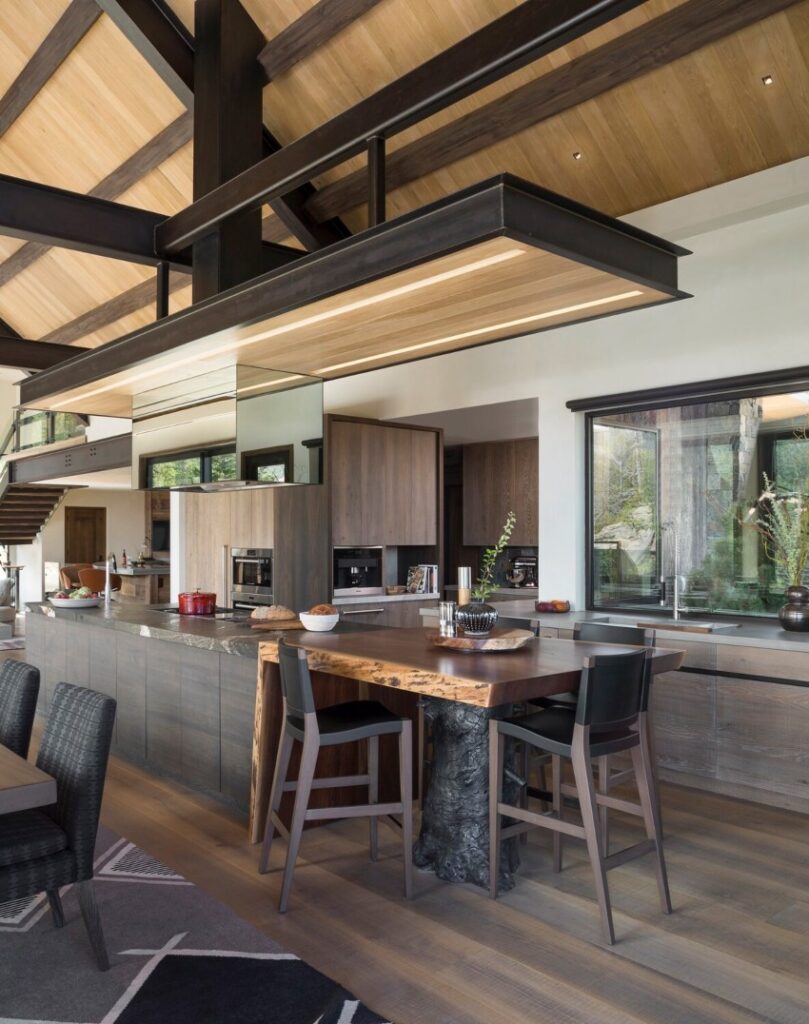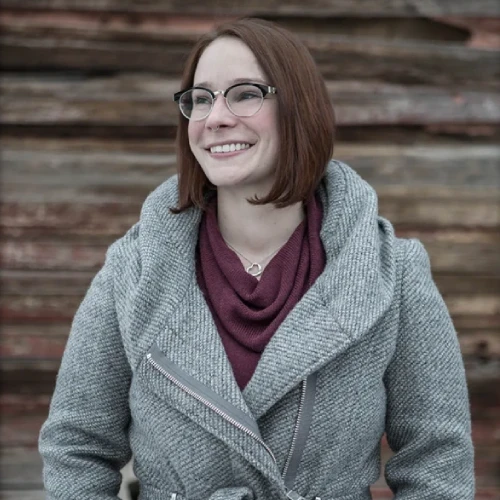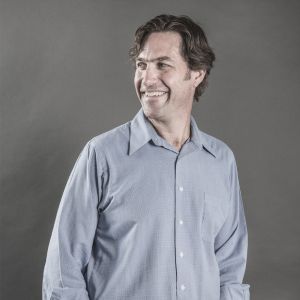In the world of modern home building, SIPs (Structural Insulated Panels) are leading a revolution in modern home construction, reshaping building techniques.. These innovative panels offer a unique blend of strength, optimized energy use, and environmental sustainability, making them a top choice for new home builders and architects. As the demand for more sustainable and energy-efficient homes rises, SIP residential architects are in charge of designing beautiful and high-performing homes.
A SIP fluent residential architect specializes in creating designs that maximize the benefits of super-insulated technology. These professionals harness the power of these highly efficient panels to build homes that are tighter, more energy-efficient, and capable of withstanding severe weather conditions. Their expertise ensures a home built to last and promotes a greener, more sustainable approach to residential architecture.
By choosing a SIP building system with their residential architect, homeowners can invest in a higher-quality future for their homes. They’re opting for homes that meet today’s stringent energy standards and offer a level of comfort and durability that traditional building methods can’t match. As this technology continues to evolve, the role of SIP residential architects becomes increasingly vital in the construction industry.
What Are Structural Insulated Panels?
SIPs are high-performance building panels used in residential and commercial building floors, walls, and roofs. Known for their exceptional energy efficiency, they consist of an insulating foam core sandwiched between two structural sheathing, typically oriented strand board (OSB). This technology allows residential architects to design homes that are not only highly energy-saving but also robust and versatile. Precision-manufactured under controlled factory conditions, these panels are easily customized to match almost any architectural design, earning them high praise from architects focusing on sustainable homes. The benefits of using SIPs include:
- Enhanced Energy Efficiency: A home built with SIPs is remarkably airtight, without thermal bridging, minimizing the energy lost through gaps and drafts. This significantly reduces heating and cooling costs, helping homeowners save money and reducing environmental impact.
- Shorter Construction Time: SIPs streamline the construction process since they are prefabricated and arrive onsite ready to install. This speeds up construction times, minimized weather delays which reduces labor costs and the potential for onsite errors.
- Increased Durability: Homes designed with SIPs offer superior structural strength. This durability translates into homes that can better withstand adverse weather conditions, ensuring homeowner safety and long-term building integrity.
- Superior Indoor Air Quality: Due to their airtight design, SIPs limits the amount of air infiltration, thereby reducing dust and allergens that can penetrate a home. These homes require special air exchange to provide fresh air while conserving the heat or cool. This directly impacts the quality of life, making SIP-constructed homes healthier environments.
By integrating SIP technology, residential architects set new standards in building performance and sustainability.
Design Flexibility with SIPs
Structural Insulated Panels (SIPs) provide great flexibility in design, accommodating various architectural styles from contemporary to traditional. Their ability to be custom-cut and shaped creates unique features like vaulted ceilings and custom windows. SIPs also support designs that utilize large open spaces without additional support structures, promoting spacious interiors. Integrating building information modeling (BIM) with SIP manufacturing ensures the precise execution of complex designs and allows architects to tailor homes to specific environmental conditions. Overall, SIP technology supports sustainable passive home building practices and modern, personalized living spaces, aligning with the needs of architects and homeowners who value sustainability and style. When planning your home, it can be one of the questions to ask your architect about how SIPs can be integrated into your design for optimal results.
SIP and Energy Efficiency
SIP significantly boosts the energy efficiency of homes, reflecting a key advantage for structural insulated panel residential architects. These panels are integral to crafting homes that aren’t just durable and exceptionally energy-efficient.
Enhancing Thermal Performance
Structural Insulated Panels are renowned for their superior thermal performance. Their composite structure forms an airtight seal, minimizing air leakage and preventing energy loss. SIPs address thermal bridging head-on, nearly eradicating this universal challenge that affects most conventional building types. Consequently, homes designed with SIPs maintain a more consistent indoor temperature, reducing the dependency on heating and cooling systems. Energy savings become evident in utility bills, and homeowners often notice a marked reduction in energy costs. Moreover, the uniform temperature contributes to a more comfortable living environment, underscoring the practical benefits of using SIPs in residential construction.
Supporting Sustainable and Net Zero Building Practices
Adopting SIPs aligns well with sustainable and Net Zero building practices, which are pivotal in today’s environmentally conscious market. The energy efficiency of SIPs means that less energy is required to heat and cool the home, directly contributing to a reduction in greenhouse gas emissions. Moreover, the panels are often made from renewable or recycled materials, enhancing their sustainability profile. SIPs are designed with super insulation R-values that surpass energy code requirements, providing the ideal thermal envelope for the specific design and location of passive house buildings. For projects aiming for Net Zero status — homes that produce as much energy as they consume — SIPs provide an essential foundation. They improve the building’s energy envelope, making it easier to achieve Net Zero by adding renewable energy sources like solar panels. Architects specializing in sustainable designs frequently advocate for SIPs for their environmental benefits and their role in creating healthier living spaces.

Challenges and Considerations in SIP Construction
Architects working with SIPs in residential construction face unique challenges that demand specialized solutions. While SIPs provide many advantages, architects must carefully navigate certain hurdles to ensure the project’s success and compliance.
Technical Requirements and Installation Challenges
Using SIPs requires precise technical knowledge and adherence to strict installation protocols. Fabricating these panels demands accuracy in measurements and cuts to ensure tight seals that enhance the panel’s energy efficiency. Errors during this phase can lead to increased thermal bridging or air leaks, negatively impacting the building’s insulation properties. Moreover, handling and installing these large panels necessitates specialized equipment and skilled labor. Contractors must align panels meticulously to maintain structural integrity and optimize thermal performance. Without a proficient SIP-knowledgeable crew, the intricate details of SIP construction, such as electrical wiring and plumbing integration, can become complex. Failing to execute the installation properly can allow air and moisture to enter the panels, potentially causing durability challenges and a drop in energy efficiency.
Navigating Building Codes and Regulations
For residential architects utilizing SIPs, compliance with local building codes and regulations presents another significant challenge. Each jurisdiction may have different standards concerning energy efficiency, fire safety, and structural performance. The inconsistency in regulations can complicate the SIP project planning and approval process. Architects and builders must stay informed of the latest codes and often engage with local building officials early in the design process to ensure compliance. Additionally, the evolving nature of building codes aimed at improving construction sustainability and safety requires architects to update their knowledge and practices continually. This ongoing education helps meet legal requirements and assuages homeowner concerns about the legality and insurability of their SIP-built home.
Navigating these obstacles successfully hinges on rigorous planning, a deep understanding of SIP characteristics, and collaboration with experienced construction professionals. Despite these considerations, the enduring benefits of SIP construction continue to attract both architects and homeowners alike.
Conclusion
SIPs are reshaping home building, offering an ideal blend of durability and energy efficiency that meets the demands of modern architecture. Integrating SIP technology with advanced design software allows for realizing intricate architectural concepts while ensuring robust and energy-efficient living spaces. Despite the challenges posed by the precision required in SIP construction, their advantages make them a preferred choice for forward-thinking architects and environmentally conscious homeowners. SIPs are key to developing sustainable and resilient homes as the construction industry evolves.













